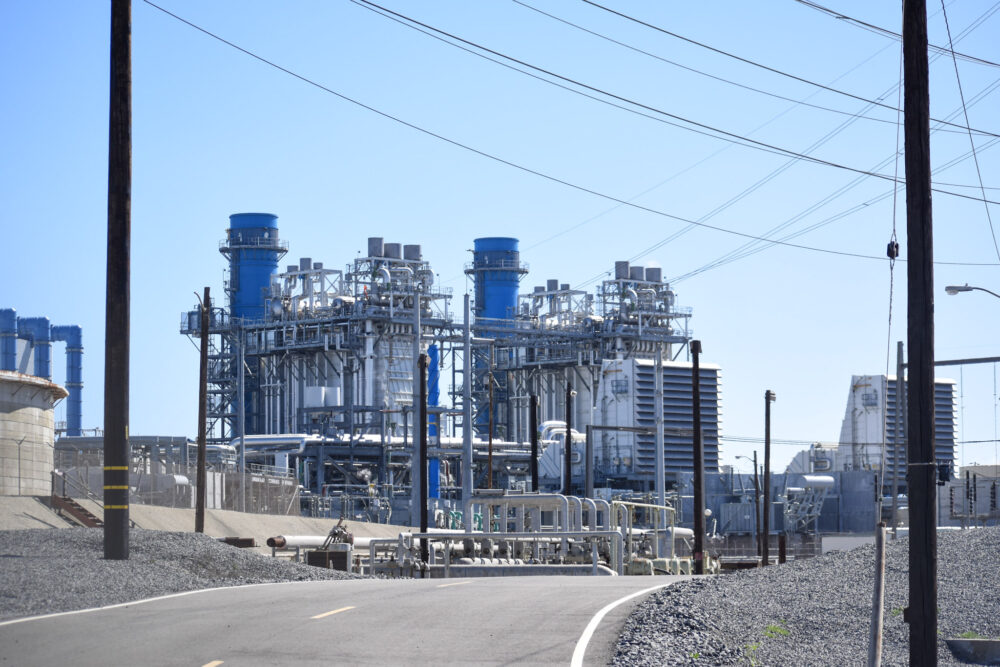
By Reese Meister
The plan for the Huntington Beach Desalination Plant faces criticism for environmental concerns, though it aims to provide fresh water with zero carbon emissions. The company Poseidon Water has been seeking approval for the facility for around 20 years and hopes for it to be in use next year.
If approved, the desalination plant will take in 106 million gallons of seawater and produce 50 million gallons of clean water daily using the process of reverse osmosis to remove salt and other materials. In addition to providing water, the facility will create over 2,000 construction jobs and about 340 jobs after construction.
They plan to locate this $1.1 billion project at 21730 Newland St. next to the AES Huntington Beach Generating Station. Poseidon Water strives to provide water security for Southern California and reduce the risk of drought.
Before construction though, the company must obtain a Coastal Development Permit (CDP) from a hearing with the California Coastal Commission in May. They struggled to earn initial permits but in April 2021, became the first desalination plant allowed within the State Water Resources Control Board’s new 2015 regulations that minimize harm to marine life.
According to Poseidon Water, the facility is both “cost effective” and “environmentally sensitive.” However, many members of the community and environmental groups, including the Surfrider Foundation, agree with neither of these statements. They cite more practical alternatives including stormwater capture or water recycling.
Desalinated water will cost about double the price of water imported from the Metropolitan Water District of Southern California and quadruple that of stormwater capture, causing water bills to increase. In defense, Poseidon claims that imported water prices will increase and that climate change makes desalination essential.
Desalination uses three times as much energy as recycling water and provides half the amount of water, making it the most energy intensive method of obtaining fresh water. Opponents of Poseidon believe the plant is unnecessary because the state can secure water through more efficient strategies.
Additional arguments include the facility’s interference with the local marine life and ocean habitats, affecting environments from Palos Verdes to Dana Point. The seawater intake pipes have the potential to take in species such as plankton or fish and will kill a predicted 300,000 microscopic organisms each day.
The plant will produce 50 million gallons of clean water out of 106 gallons of seawater each day, leaving 56 gallons of brine concentrate to be released back into the Pacific Ocean. This water is two times as salty as the original ocean water, which could pollute local oceans.
Despite over $1 million spent in lobbying by Poseidon, the Orange County Water District has not decided whether to buy the water and may put it into the ground if cities will not pay for it either.
Poseidon applied to receive money from the California Debt Allocation Committee, but some argue that they should instead spend the millions of dollars to create affordable housing.
The California Coastal Commission originally scheduled Poseidon’s hearing for their final permit, the CDP, in March of 2022 but delayed it until May upon the company’s request. Members of the community may access the hearing virtually via Zoom and participate with questions or comments regarding the facility. The Commission could vote to give Poseidon a permit on this day or schedule a later hearing to decide.





